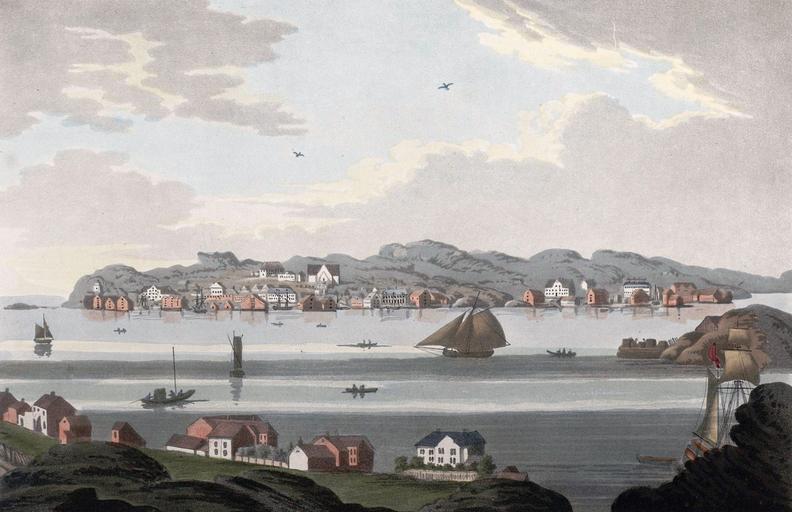MAKE A MEME
View Large Image

| View Original: | Town_of_Christiansund_(JW_Edy_plate_75).jpg (2334x1509) | |||
| Download: | Original | Medium | Small | Thumb |
| Courtesy of: | commons.wikimedia.org | More Like This | ||
| Keywords: Town of Christiansund (JW Edy plate 75).jpg Artwork Creator John William Edy en Town of Christiansund No LXXV TOWN OF CHRISTIANSUND This agreeable town formerly known by the name of Lille-Fossen is situated on the east side of a small island within the district of Nordmoer The best houses are those situated around the shores of its spacious harbour The large Saxon Gothic church in the form of a cross with a dwarf tower and high acute angular roof is placed on the rocks over the town In the harbour are many rocky islands covered with houses and yards for stacking timber and store-houses for barrelled fish c This bay which is directly exposed to the north sea is the grand estuary of large rivers which come rolling from the Doverfield mountains far in the interior beyond Tingveld The numerous inlets of the sea in this district aflford admirable shelter for fish of all kinds which are easily taken in the greatest abundance ; and this alone constitutes the great trade of Christiansund with people of various nations who resort in great numbers to this coast as purchasers and carriers particularly the Hollanders Christiansund being on an island much exposed and within three and a half degrees of the polar circle its climate is generally cold and wet but access to it from the sea is more free from sheers and rocks than any other part of this coast and ships may safely sail in deep water between the islands to Drontheim having Edoe Smalen Froyen with many small islets and the great and populous island of Hitteren with its 300 ships between them and the northern ocean On the opposite continent is seen a vast barren range of the Doverfield mountains ending near Dronthiem in abrupt precipices of singular form There is little appearance of vegetation about these barren coast rocks except lichens and a few stunted trees sparingly scattered about The coast birds are very numerous and among them is seen the great sea eagle This monstrous and voracious bird supports himself by fishing among the desolate rocks ; his wings expand about twelve feet and his muscular powers almost exceed credibility ; the toes armed with sharp talons by which he secures his prey yet sometimes he forfeits his life by his temerity in seizing a more powerful antagonist than himself; or he escapes with the loss of some of his talons which are often found by the fishermen deeply inserted in the backs of large fishes On one was found the skeleton of the bird An unfortunate occurrence happened near this place in 1612 to Col Sinclair who landed with a detachment of 600 Scots troops subsidiary to Sweden when the latter state attempted to subjugate Norway A rumour being spread of their intention to pass through Guldbransdale the bailiff Lars Gram hastily embodied all the peasantry who were capable of acting offensively; they armed themselves with axes and divided into two parties ; Lars Gram commanded one the peasant Gulbrand Segylestad the other They ambushed on the road where the enemy meant to pass and made every necessary arrangement A few days afterward the Scots arrived; the peasants suffered the van to pass but as soon as the main body had reached a certain spot the Norwegians attacked them with the most desperate fury Col Sinclair was the first man that fell; his men were either cut to pieces or driven into the river; the van guard seeing the fate of their countrymen fled and were closely pursued A most furious engagement took place in which all the Scots were slam with the exception of two one of whom remained for life in Norway and the other returned home to tell the dreadful tale This event is recorded on a pillar of stone describing the date when the Norwegian peasants so bravely maintained the safety of their country Collapse bottom http //urn nb no/URN NBN no-nb_digibok_2011072910001 Boydell's picturesque scenery of Norway London 1820 Plate no 75 p 373 in scanned copy no-nb_digibok_2011072910001 PD-Art-100 John William Edy Boydell's picturesque scenery of Norway Historical images of Kristiansund | ||||